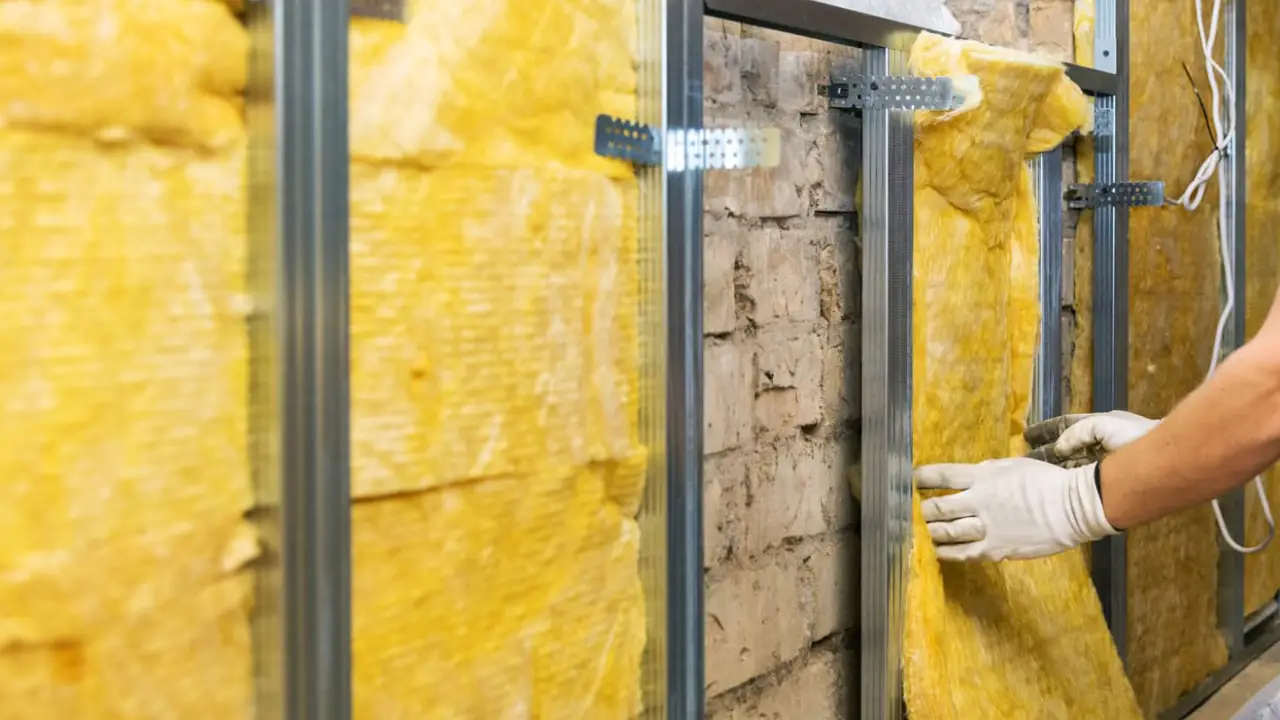
External wall insulation government grants improve the thermal performance of buildings, reduce energy consumption and lower carbon emissions. This type of insulation applied to the outside walls of buildings improves energy efficiency and reduces heat loss. It involves adding layers of material and sometimes a decorative finish to the outer walls. It helps keep homes warmer in winter and cooler in summer by controlling warmth from escaping through the walls. EWI government grants also give your home a fresh new look. Half of all heat loss from solid-walled effects occurs by warmth escaping through the walls.
It is like putting a winter coat on your home. An installer applies a layer of insulating material to the outer fences and then covers this with render or cladding. This extra layer means that less warmth escapes through the walls. This essay explores the concept of its benefits and the role of government subsidies on energy efficiency and housing quality.
Benefits Of External Wall Insulation Government Grants
A square meter of wall loses a U-value of thermal performance in terms of heat. There are strict regulatory requirements both new build and retrofit upgrades to support Government emissions targets. In simple terms, the closer the U-value is to zero the less warmth iS lost through the walls. An improvement in energy efficiency and a reduction in heat loss result in heating costs. Thermal comfort is about maintaining a comfy temperature during all seasons and weather conditions. In the hot sun, it will reflect externally away solar-generated heat from getting too hot inside.
By protecting the wall’s outer, heat is trapped on the inside meaning that the temperature of the internal fences will increase. Because airborne moisture is attracted to cold walls this thereby reduces the chance of condensation forming. The insulated fabric installed on the outside walls works as a thermal barrier. It slows down the rate of warmth transfer between the indoors and outdoors. If your property has solid walls, rather than cavity fences, the outer wall is the best option to insulate your home.
This means that property can be modernized and completely transformed. This means that the property will be warm in the winter and cool in the summer, providing a comfortable living environment for occupants. Outer Wall delivers year-round benefits by keeping the house warm in winter and cool in summer. It can significantly reduce a household’s carbon footprint. In addition to thermal benefits, external fence insulation systems offer excellent sound properties.
External Wall Insulation Government Grants types
1. Energy Efficiency
Energy efficiency grants are among the most common types offered for outer improvements. These subsidies aim to reduce energy consumption by providing financial assistance for installing insulated, that improve thermal performance. Department of Energy’s Weatherization Assistance Program and the UK’s Green Homes Grant are examples of initiatives. It provides funds to improve buildings and reduce energy bills.
2. Historic Preservation Grants
External heritage buildings are maintained and restored using these designs. Funds from the subsidies can be used to repair and restore original materials. It ensures the building retains its historical significance and structural integrity.

3. Aesthetic and Structural Improvement
These grants focus on aesthetic and structural enhancement. They may cover repairing or replacing deteriorated materials and improving the building’s face. Such donations can be part of broader urban renewal programs for the visual appeal and safety of neighborhoods.
4. Environmental and Sustainability
this category supports sustainable materials and eco-friendly construction practices for external fence renovations. While less common, some subsidies are available to improve the accessibility of building exteriors.
Challenges And Considerations
The gas box is one of the first obstacles in the outer insulated building process. The gas box is often omitted due to the high cost of displacement. Considering the heat losses at this point the costs associated with displacing the gas box will never be recovered. The gas entry point should be sleeved through the original building and we should relocate to the new external location. The only personnel allowed to move the gas boxes or change them. The situation is similar in the case of an electricity meter. The costs associated with its activity outweigh any probable savings.
In most cases, we cannot make alterations to the cast iron pipework, which is a costly provision. You must fit timber supports to cast iron pipes. So plastic is always the best option here unless you use cast iron in a conservation area. When installing the outer, it is necessary to extend all window sills to ensure proper water drainage off the building’s perimeter. Window sills and window reveals are most exposed to thermal bridges. Therefore, when installing a window sill, it is important to ensure proper installation of the new sill. The best material for this would be low-expansion foam.
Often, when installing outer insulation, you can also discover a fence post on your way. While its temporary removal is easy, it may be a problem for some fitters. Therefore, it is necessary to take care of its removal before installing the insulation. It is necessary to extend the flue so that it is level with the new fence depth. A plumber will need to extend the flue using the correct material. Burying soil, waste, or downpipes is not advisable. If the fence slightly obstructs the flue, it prevents the boiler from functioning properly.
Conclusion
External Wall Insulation Government Grants are a vital component of energy efficiency strategies. It offers numerous benefits for homeowners, the environment, and the economy. The plumber will need to use the appropriate flue to extend it. As the demand for energy-efficient solutions grows, the future of government grants looks promising. Government subsidies are more accessible and affordable, encouraging property owners to invest in this sustainable solution.
